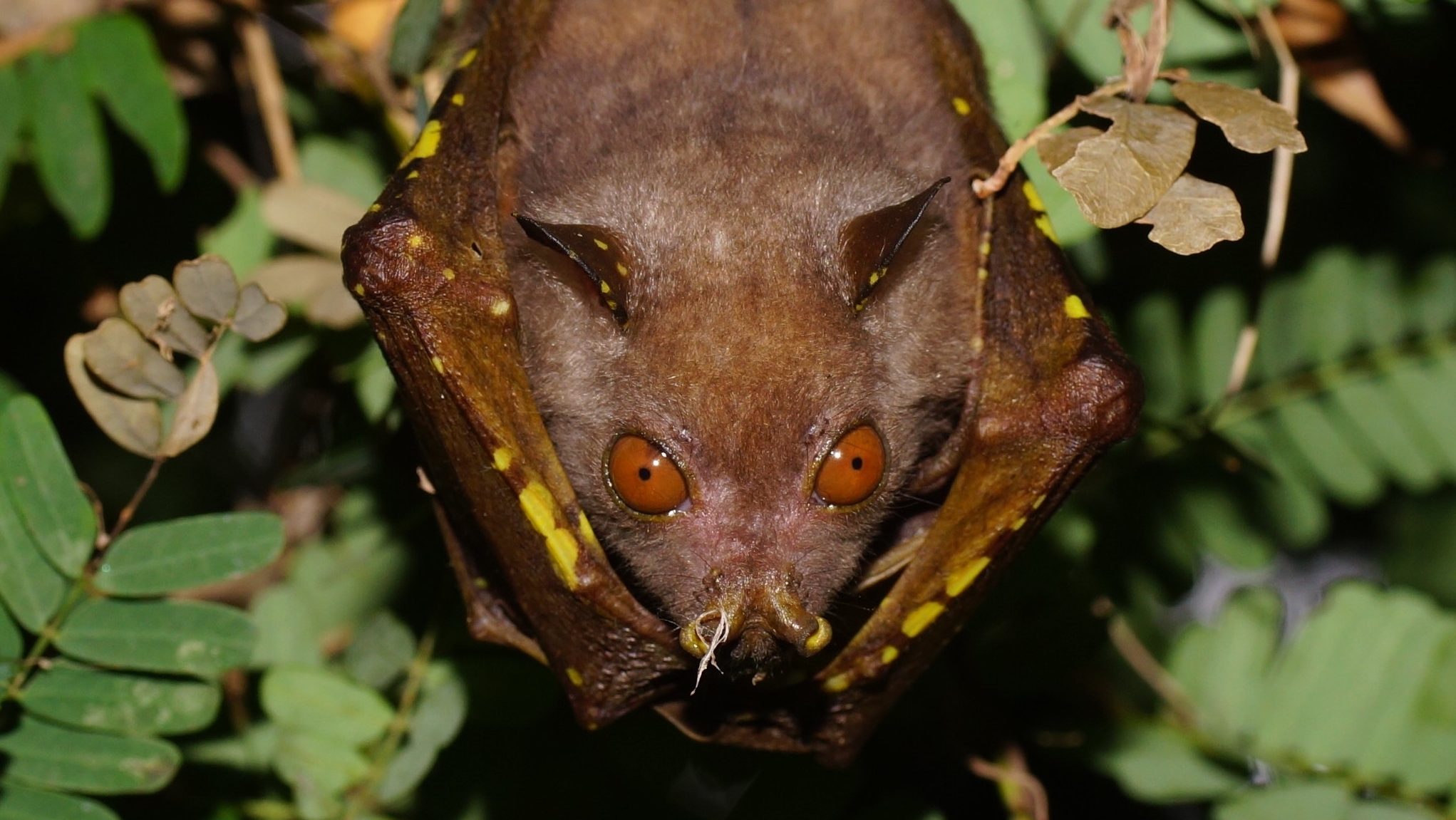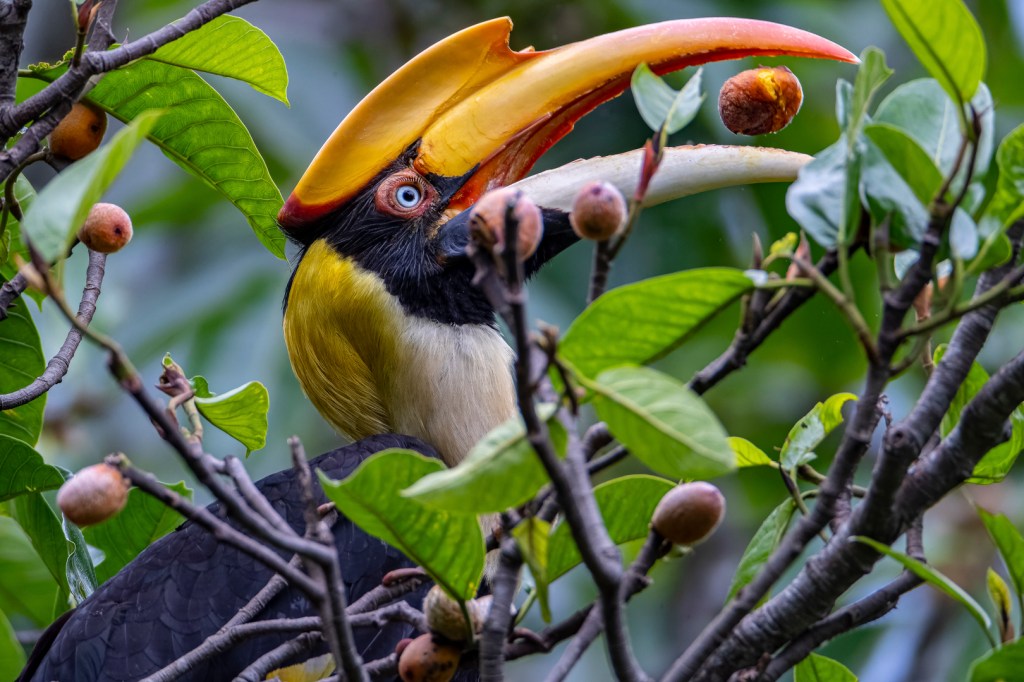A new study finds that the loss of seed-dispersing species in tropical forests more than halves the potential for areas of natural regrowth to sequester carbon. These results point to the entwined nature of the biodiversity and climate crises, and the need for joint solutions.
The Gist
Using a synthesis of animal biodiversity, movement, and seed dispersal data covering thousands of species, researchers modeled the relationship between carbon storage and seed dispersal across areas of tropical forest regrowth.
“We were able to bring together these ideas from community ecology, carbon accounting, and climate science to understand the roles that animals play in the carbon cycle,” says Evan Fricke, an ecologist at the Massachusetts Institute of Technology and lead author on the paper. “And the numbers are both striking and concerning.”
They found that 81% of tropical trees rely on animals to disperse their seeds, and that losing those seed-dispersing animals are causing a 57% average reduction in the carbon accumulation of naturally regrowing forests. Their results were published in Proceedings of the National Academy of Sciences.

The Big Picture
Many of the world’s plant species rely on animals — especially birds and mammals — to help disperse their seeds. “Seed dispersal can help improve germination, transport seeds to get away from their parent plant, and even help plants expand their ranges in a changing climate,” says Fricke. By transporting seeds into disturbed areas, animals also play a critical role in helping forests regenerate after deforestation and natural disturbances like fire, storms, and drought.
That’s especially true in the tropics, where more than 80% of trees rely on seed-dispersing animals, including birds, primates, and other large mammals. Unfortunately, tropical forests are also hotspots of biodiversity loss, and seed-dispersing species are under threat from habitat loss and degradation, direct exploitation, and invasive species. Previous research has showed that the population size, range extent, and movement capacity of seed dispersers are declining, all of which reduce their ecological roles dispersing seeds.
The loss of this biodiversity is a tragedy in its own right, but this research reveals that it has serious implications for climate mitigation, too.

The Takeaway
This study reveals the value of animal biodiversity conservation to climate mitigation efforts. “We need to think about tackling the biodiversity crisis and the climate crisis in tandem,” says co-author Susan Cook-Patton, a lead reforestation scientist at The Nature Conservancy. “They’re not separate problems that we can tackle independently, and we need to think about them in a holistic way.”
She notes that there is an increasing awareness amongst the climate community of the value of naturally regrowing forests. But without healthy populations of seed-dispersing species, the ability of those forests to regenerate (and store carbon) is greatly diminished. “Our findings really hone our understanding of the places where seed-dispersal disruption is a problem, and maybe natural regrowth is going to be less viable in those spots,” says Cook-Patton.
This research also highlights the need to incorporate animal conservation into climate mitigation efforts more broadly. “It often feels like biodiversity takes a second seat to climate,” says Cook-Patton. But we ignore the value of animals to forest ecosystems at our own peril.



